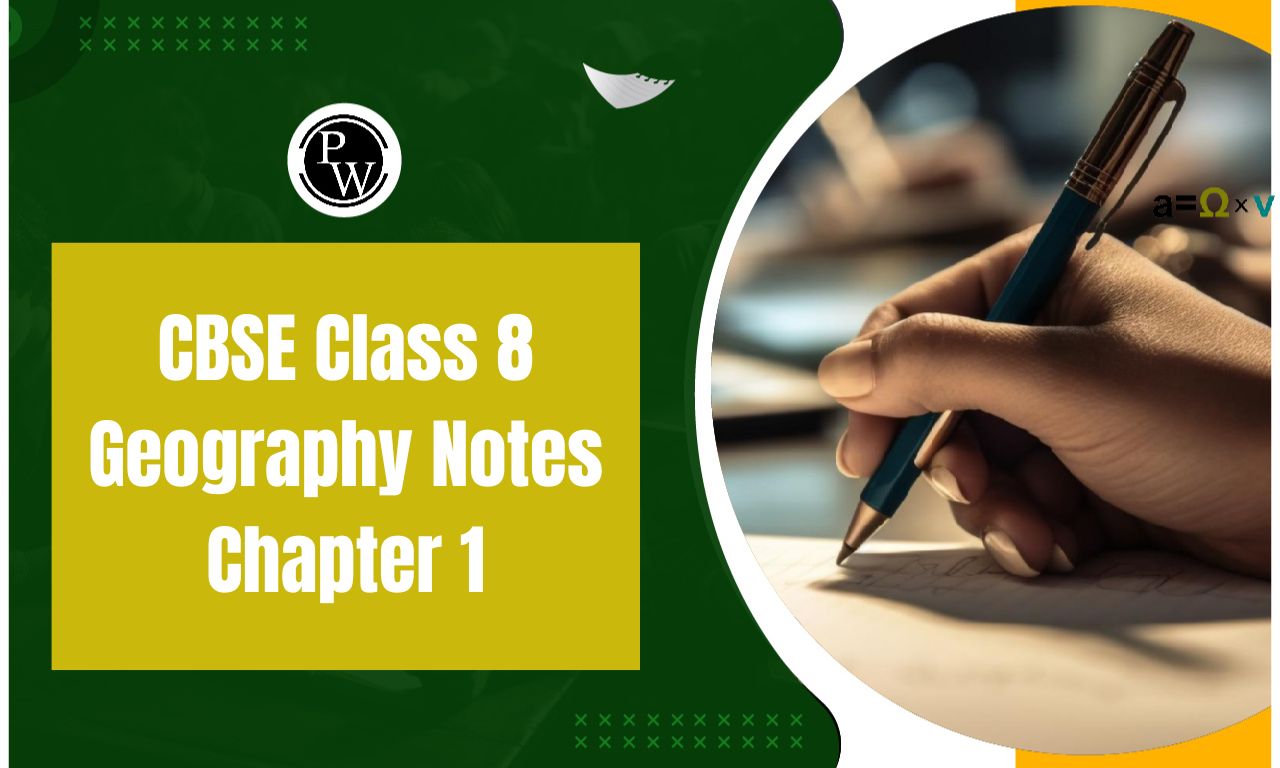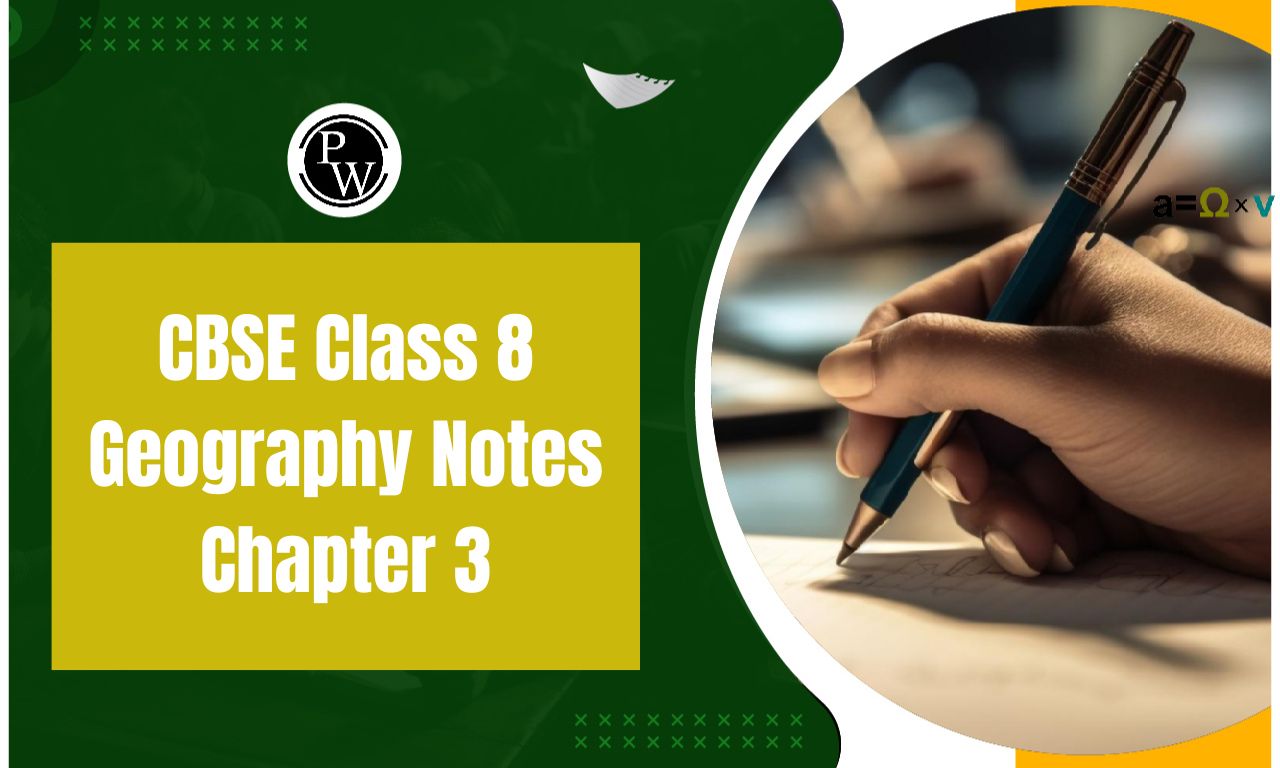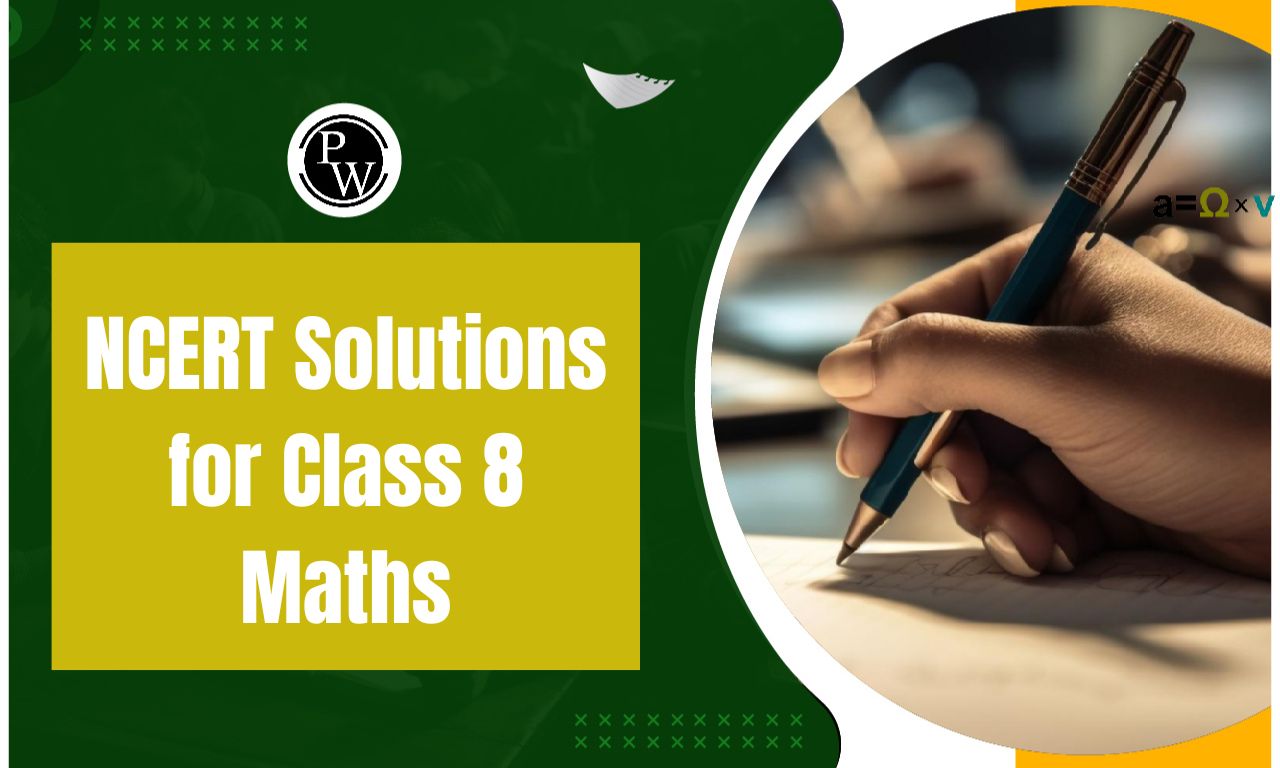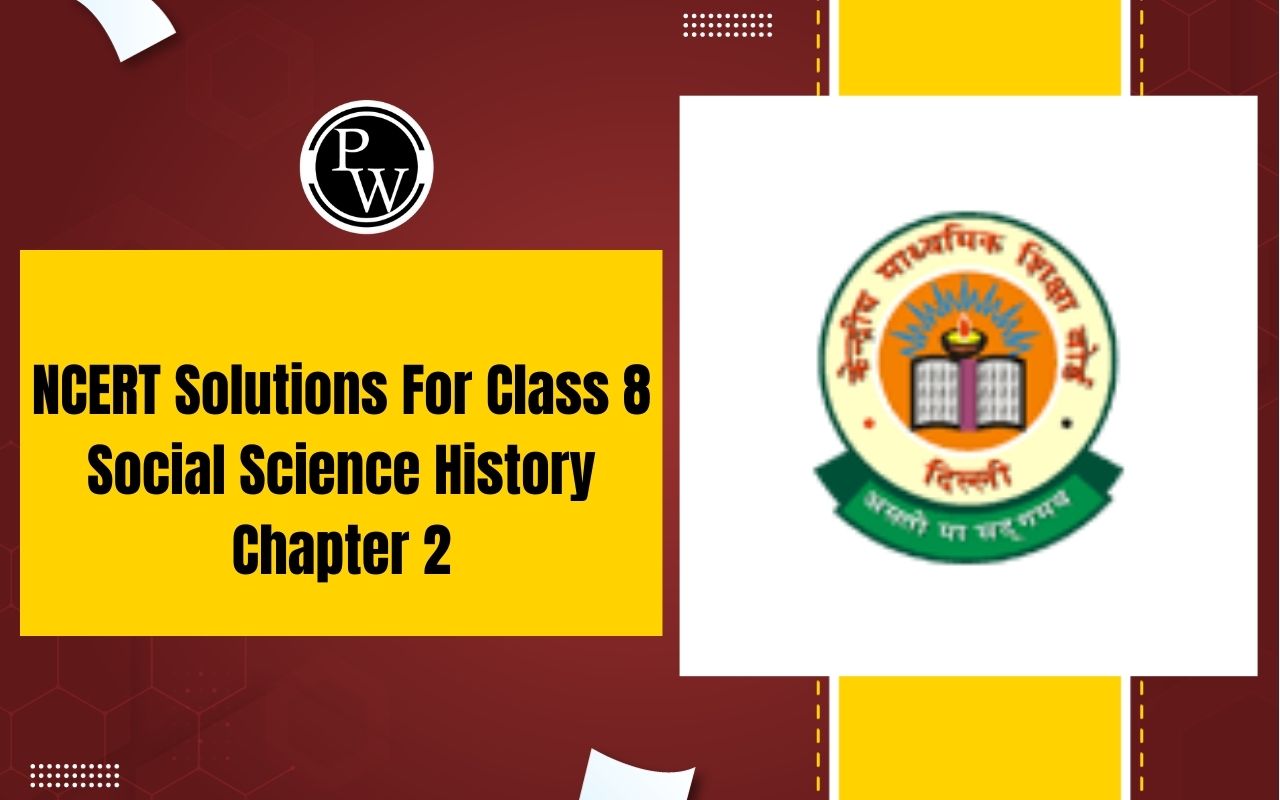
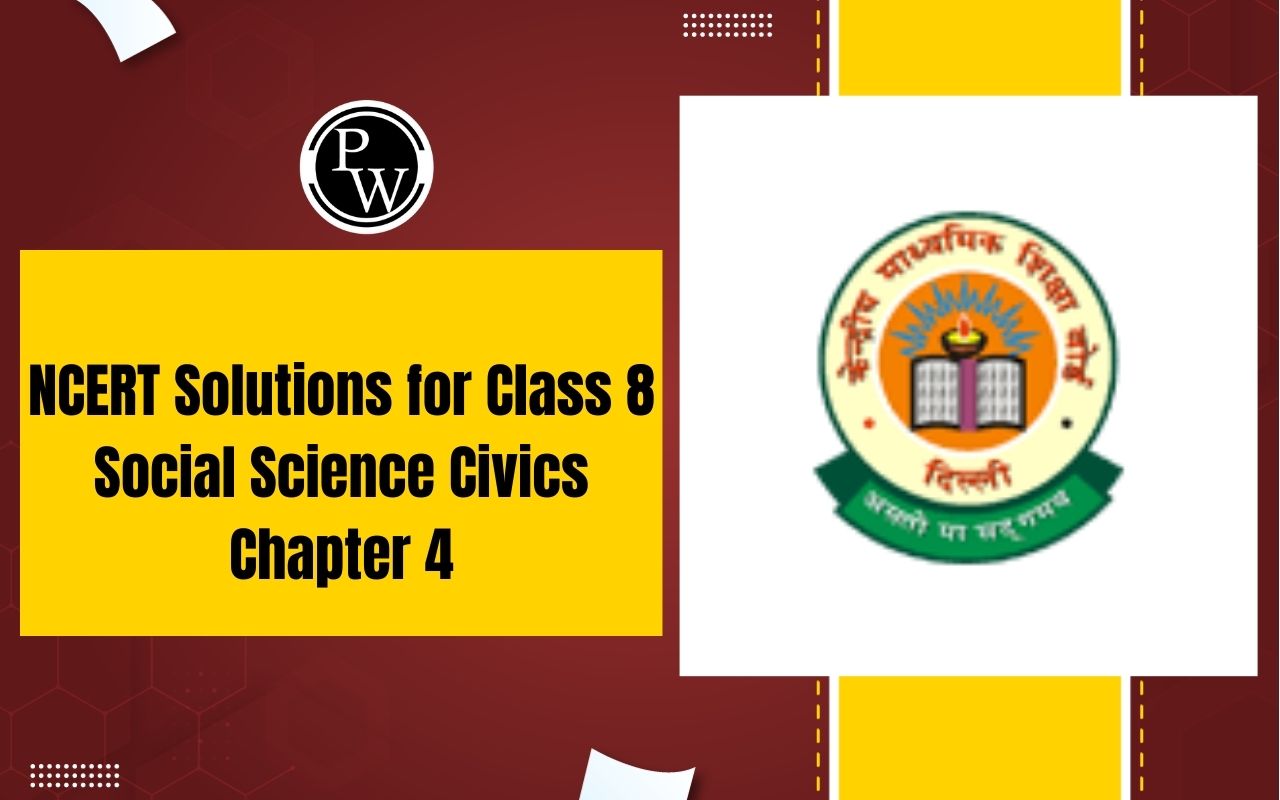
NCERT Solutions for Class 8 Social Science Civics Chapter 4: NCERT Solutions for Class 8 Social Science Civics Chapter 4, "Understanding Laws," focus on the role of the judiciary in India's legal system.
This chapter explains how judges interpret laws to ensure fairness and protect people's rights. It covers how the judiciary is structured, from the Supreme Court to local courts, and why having an independent judiciary is important. Students learn about the duties of judges, how laws are applied in different situations, and why courts review laws to make sure they follow the constitution. Through examples and activities, these solutions help students understand how the judiciary helps maintain fairness and justice in society.NCERT Solutions for Class 8 Social Science Civics Chapter 4 Overview
These notes for NCERT Solutions for Class 8 Social Science Civics Chapter 4, "Understanding Laws," are created by experts at Physics Wallah. They give a clear overview of how laws work in India's democracy. It explains the different levels of courts and why having a fair and independent judiciary is important. These notes aim to make complex ideas easy to understand, helping students grasp the basics of our legal system and see why equal justice is crucial for everyone.NCERT Solutions for Class 8 Social Science Civics Chapter 4 PDF
You can access the PDF for NCERT Solutions for Class 8 Social Science Civics Chapter 4, "Understanding Laws," through the link provided below.NCERT Solutions for Class 8 Social Science Civics Chapter 4 PDF
NCERT Solutions for Class 8 Civics Chapter 4 Judiciary
You can find the NCERT Solutions for Class 8 Civics Chapter 4, "Judiciary," provided below. These solutions are designed to help students understand the role and functions of the judiciary in India. They cover topics such as the structure of the judiciary, the importance of an independent judiciary, and how laws are interpreted and enforced.1. You read that one of the main functions of the judiciary is ‘upholding the law and enforcing Fundamental Rights’. Why do you think an independent judiciary is necessary to carry out this important function?
Answer:
2. Re-read the list of Fundamental Rights provided in Chapter 1. How do you think the Right to Constitutional Remedies connects to the idea of judicial review?
Answer:
3. In the following illustration, fill in each tier with the judgments given by the various courts in the Sudha Goel case. Check your responses with others in the class.

Answer:
In the case involving Laxman, his mother Shakuntala, and his brother-in-law Subhash Chandra, the judicial process unfolded as follows:- Lower Court (Trial Court) : Initially, Laxman, Shakuntala, and Subhash Chandra were sentenced to death by the trial court.
- High Court : Upon appeal, the High Court acquitted Laxman, Shakuntala, and Subhash Chandra, overturning the trial court's decision.
- Supreme Court : Following further appeals, the Supreme Court revised the verdict. Laxman and Shakuntala were sentenced to life imprisonment, while Subhash Chandra was acquitted due to insufficient evidence against him.
4. Keeping the Sudha Goel case in mind, tick the sentences that are true and correct the ones that are false.
(a) The accused took the case to the High Court because they were unhappy with the decision of the Trial Court.
(b) They went to the High Court after the Supreme Court had given its decision.
(c) If they do not like the Supreme Court verdict, the accused can go back again to the Trial Court.
Answer:
(a) True - The accused took the case to the High Court because they were dissatisfied with the decision of the Trial Court. (b) False - They went to the High Court after the Trial Court had given its decision. The Supreme Court comes into play only after appeals from the High Court. (c) False - If they are not satisfied with the Supreme Court's verdict, the accused cannot return to the Trial Court. The Supreme Court is the highest court in the judiciary pyramid, and its decisions are final.5. Why do you think the introduction of Public Interest Litigation (PIL) in the 1980s is a significant step in ensuring access to justice for all?
Answer:
The introduction of Public Interest Litigation (PIL) by the Supreme Court in the early 1980s marked a significant milestone in enhancing access to justice. PIL allowed any individual or organization to file cases in the High Court or Supreme Court on behalf of those whose rights were infringed upon. This legal mechanism simplified the process considerably, where even informal communications like letters or telegrams addressed to the courts could be treated as PILs. In its early years, PIL was instrumental in resolving numerous societal issues, such as freeing bonded laborers from exploitative conditions and securing the release of prisoners in Bihar who were unlawfully detained after completing their sentences. These cases highlighted PIL's role in addressing systemic injustices and ensuring justice for marginalized groups. Overall, PIL democratized the legal process, making it more accessible and responsive to public grievances, thereby playing a crucial role in advancing justice and protecting fundamental rights for all individuals in society. Thus, the introduction of Public Interest Litigation is a significant step in ensuring access to justice for all.6. Re-read excerpts from the judgment on the Olga Tellis vs Bombay Municipal Corporation case. Now, write in your own words what the judges meant when they said that the Right to Livelihood was part of the Right to Life.
Answer:
7. Write a story around the theme, ‘Justice delayed is justice denied’.
Answer:
Students have to do this by themselves.8. Make sentences with each of the glossary words given on the next page.
Acquit, To appeal, Compensation, Eviction, Violation.
Answer:
- Acquit : The jury decided to acquit the defendant because there was not enough evidence to prove them guilty of the crime.
- To Appeal : The defendant decided to appeal to the High Court after their lawyer argued that the court's decision was incorrect and unjust.
- Compensation : In compensation for the inconvenience caused by the flight delay, the airlines awarded the victim fifty thousand rupees as a form of reimbursement or payment.
- Eviction : The couple faced eviction from their home because they failed to make the monthly payments to the bank, leading to legal action to remove them from the property.
- Violation : The office staff protested against the company, claiming that their rights had been violated or disregarded by the company's actions or policies.
Chapter 4 Judiciary Summary
Chapter 5 of "Judiciary" in India emphasizes the application of laws equally to all citizens and the importance of following established procedures when laws are violated. The judicial system, consisting of courts, ensures the enforcement of these laws. Citizens can seek recourse through courts when they believe laws have been broken. As a vital organ of government, the judiciary plays an important role in India's democratic functioning.Key topics covered include understanding:
- The significance of an independent judiciary.
- The concept of separation of powers.
- The structure of courts across India.
- Notable case studies such as State (Delhi Administration) vs Laxman Kumar and Others (1985).
- Exploring the different branches within the legal system.
- Differentiating between criminal and civil law.
- Assessing whether everyone has equal access to the courts.
Benefits of NCERT Solutions For Class 8 Social Science Civics Chapter 4
- Comprehensive Coverage : They provide a thorough explanation of concepts covered in the chapter, ensuring clarity and understanding.
- Structured Learning : Solutions are structured to align with NCERT textbooks, making it easier for students to follow and revise.
- Clear Explanations : Complex topics are simplified, helping students grasp difficult concepts with ease.
- Enhanced Understanding : By studying these solutions, students develop a deeper understanding of democratic principles, governance structures, and the importance of citizen participation in law-making.
NCERT Solutions For Class 8 Social Science Civics Chapter 4 FAQs
What is the role of the judiciary in a democracy?
What is an independent judiciary?
What is Judicial Review?
What is the structure of courts in India?
What is the difference between criminal and civil law?





